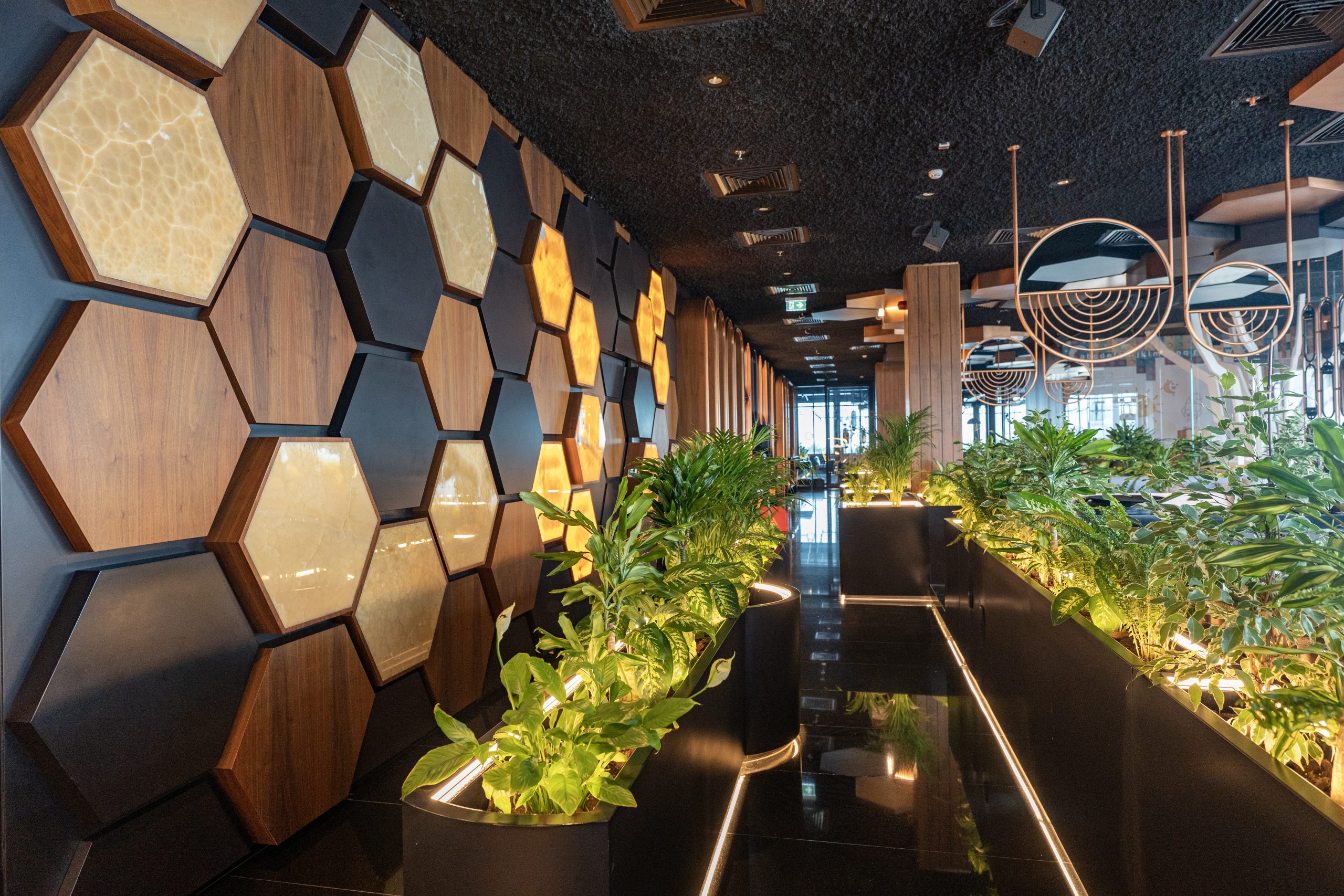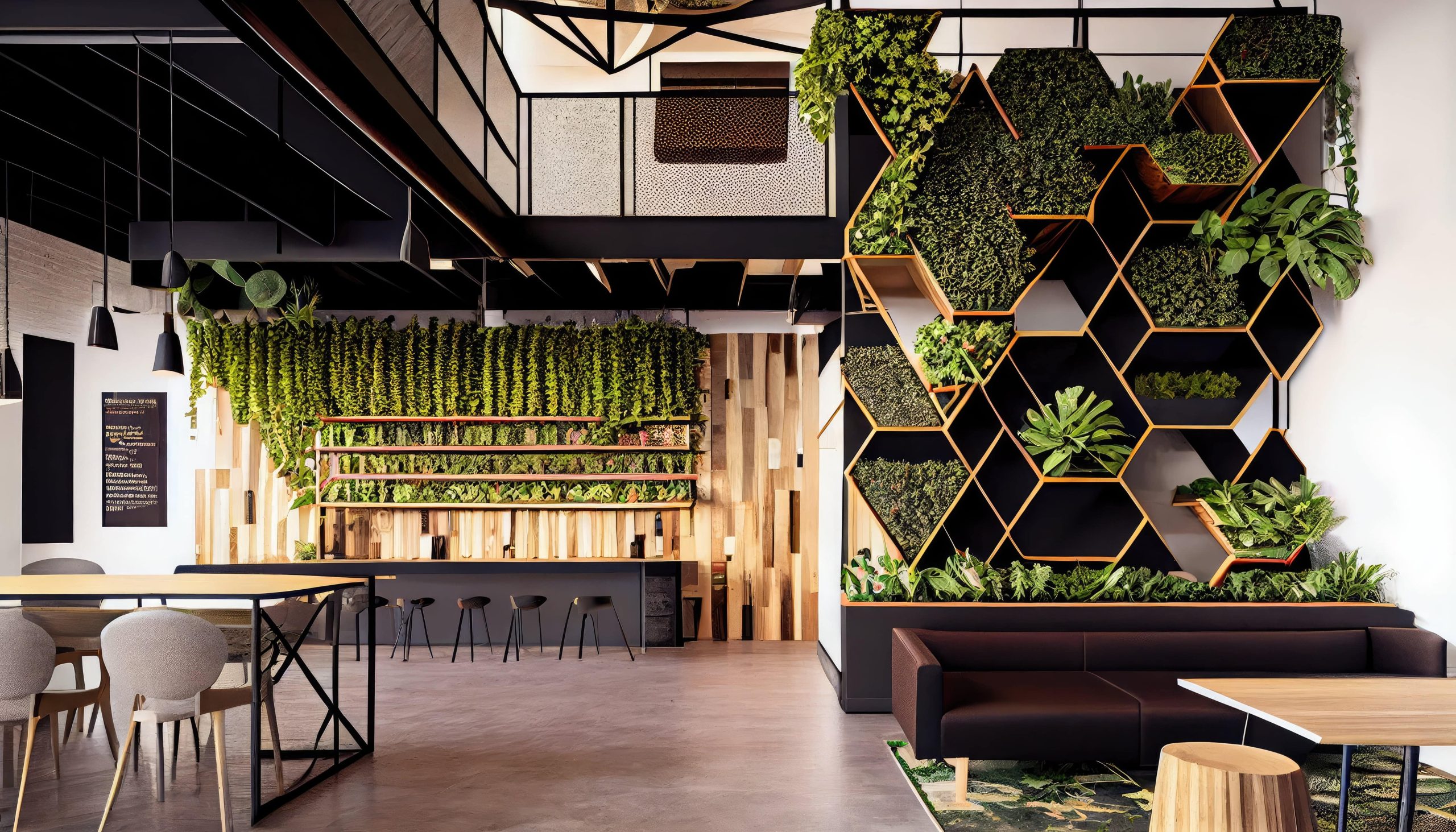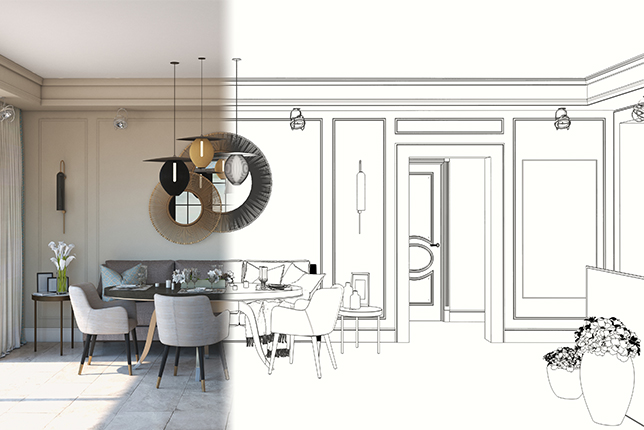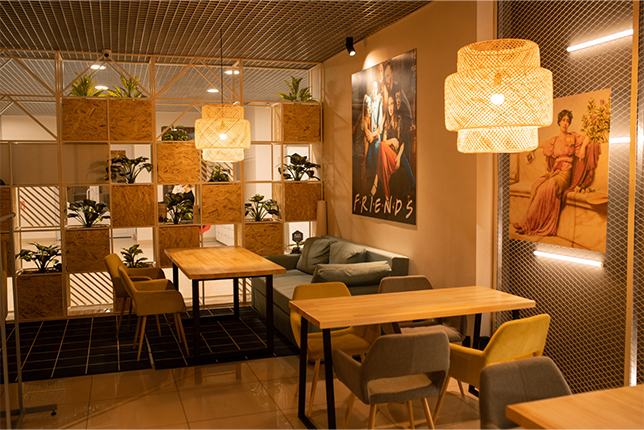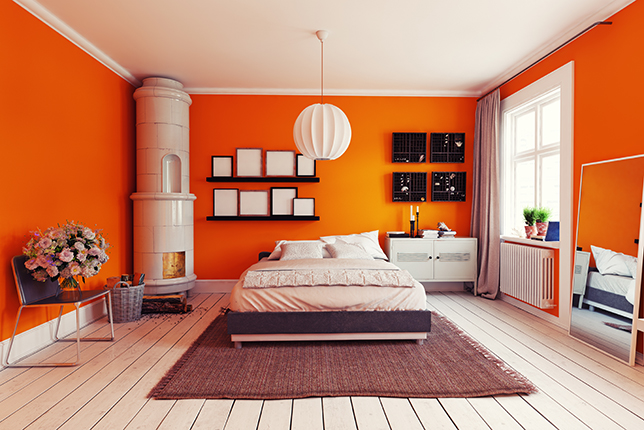When it comes to dining out, the experience goes beyond just food. Restaurant interior design can actually influence how people feel and enjoy their meal. The colour of the walls, the lighting, or even the layout can bring forth specific feelings, behaviours, and enhance satisfaction. Understanding the psychology behind restaurant interior design is key to creating spaces that resonate with diners and keep them coming back for more.
Understanding the Psychology of Restaurant Design
Restaurant interior design psychology studies the impacts of different design factors on customer behaviour and their psychological effects. A good interior design doesn’t merely appear beautiful but creates moods, decisions, and memory in a dining space. From lighting to table placement, every element is purposeful to increase comfort, interactions, and pleasure in eating.
Key Elements of Restaurant Design Psychology
Colour Psychology
Colours have a profound effect on mood and appetite. They’re not just decorative—they’re strategic:
- Red: Known to stimulate hunger and encourage quick decisions, red is often found in fast-food restaurants to promote high table turnover.
- Blue: This colour has a soothing effect, suppressing appetite. Therefore, blue works better for fine dining where a relaxed ambiance is desired.
- Green: Meaning freshness, healthiness, and vibrancy. A perfect concept for restaurants serving organic/vegetarian-only food—this colour encourages warmth and a healthy lifestyle.
Lighting
Lighting defines the scene of a dining experience:
- Soft Lighting: Comfortable and warm, encouraging diners to linger and enjoy their meal.
- Ambient Lighting: Establishes the overall mood, while task lighting ensures functionality, such as highlighting a menu or food presentation.
Seating Arrangements
Seating layout affects both comfort and interaction:
- Intimate Seating: Works well in fine dining, where close, private arrangements foster conversation and connection.
- Open Layouts: Ideal for casual dining, where the focus is on movement and quicker service.
Acoustics
The sound environment of a restaurant is often overlooked but is vital to the experience:
- Balanced Noise Levels: Too much noise can overwhelm diners, while silence can feel awkward.
- Background Music: Should match the restaurant’s theme, such as upbeat tunes for casual settings or soft music for fine dining.
The Role of Art and Decor
Decor and art are not mere aesthetics—they’re an extension of the restaurant’s identity:
- Artistic Touches: Well-curated art pieces and décor items can instil feelings, create talking points, and enhance the atmosphere.
- Brand Alignment: Whether rustic charm, modern minimalism, or cultural authenticity, the theme creates a lasting impression.
Conclusion
The psychology of restaurant interior design is a delicate balance of art and science. From the colours that evoke appetite to lighting that creates mood, all these shape how customers feel, interact, and remember their experience. Restaurateurs who understand and apply these principles can craft environments that not only attract patrons but also create meaningful connections.

